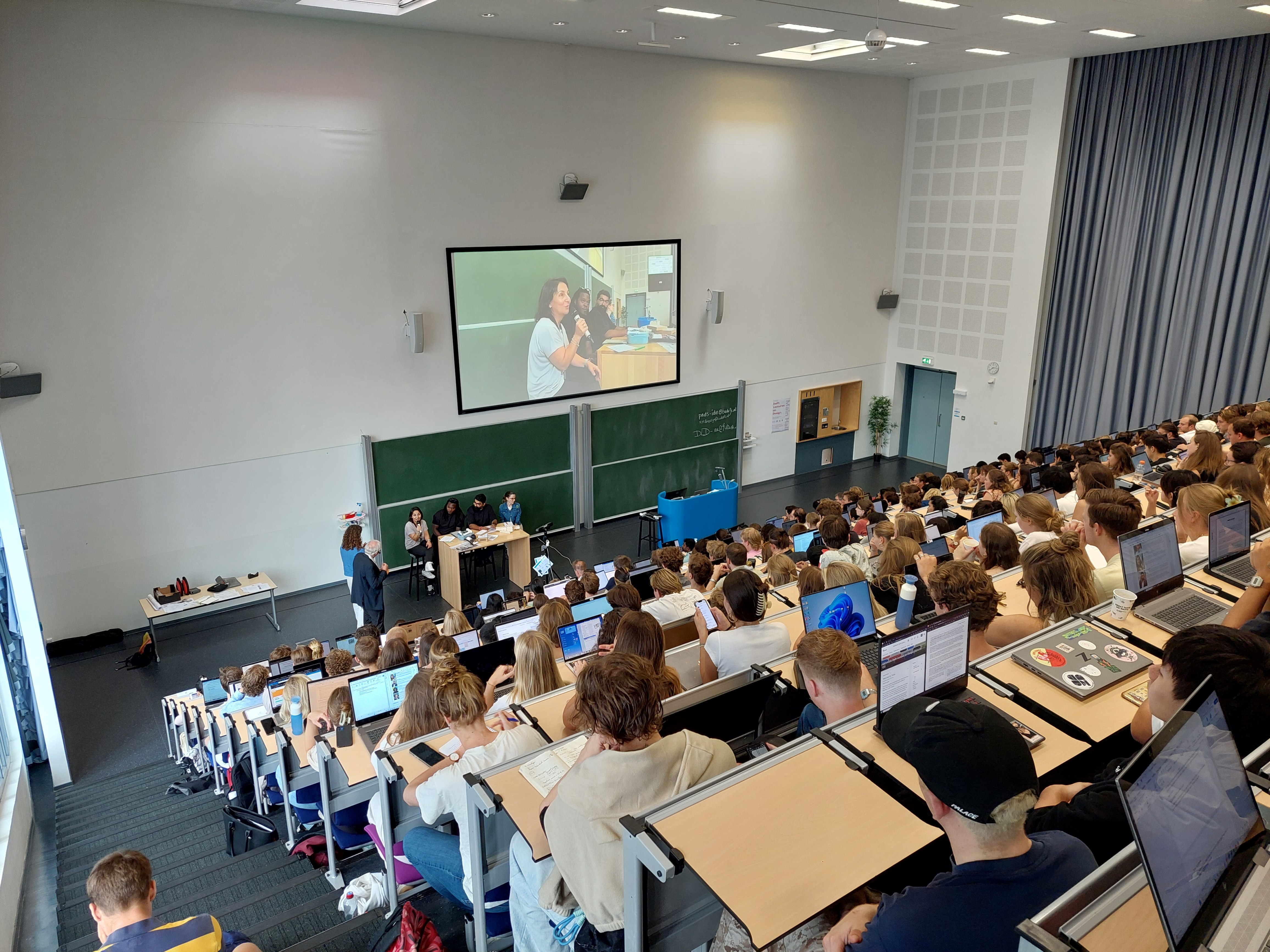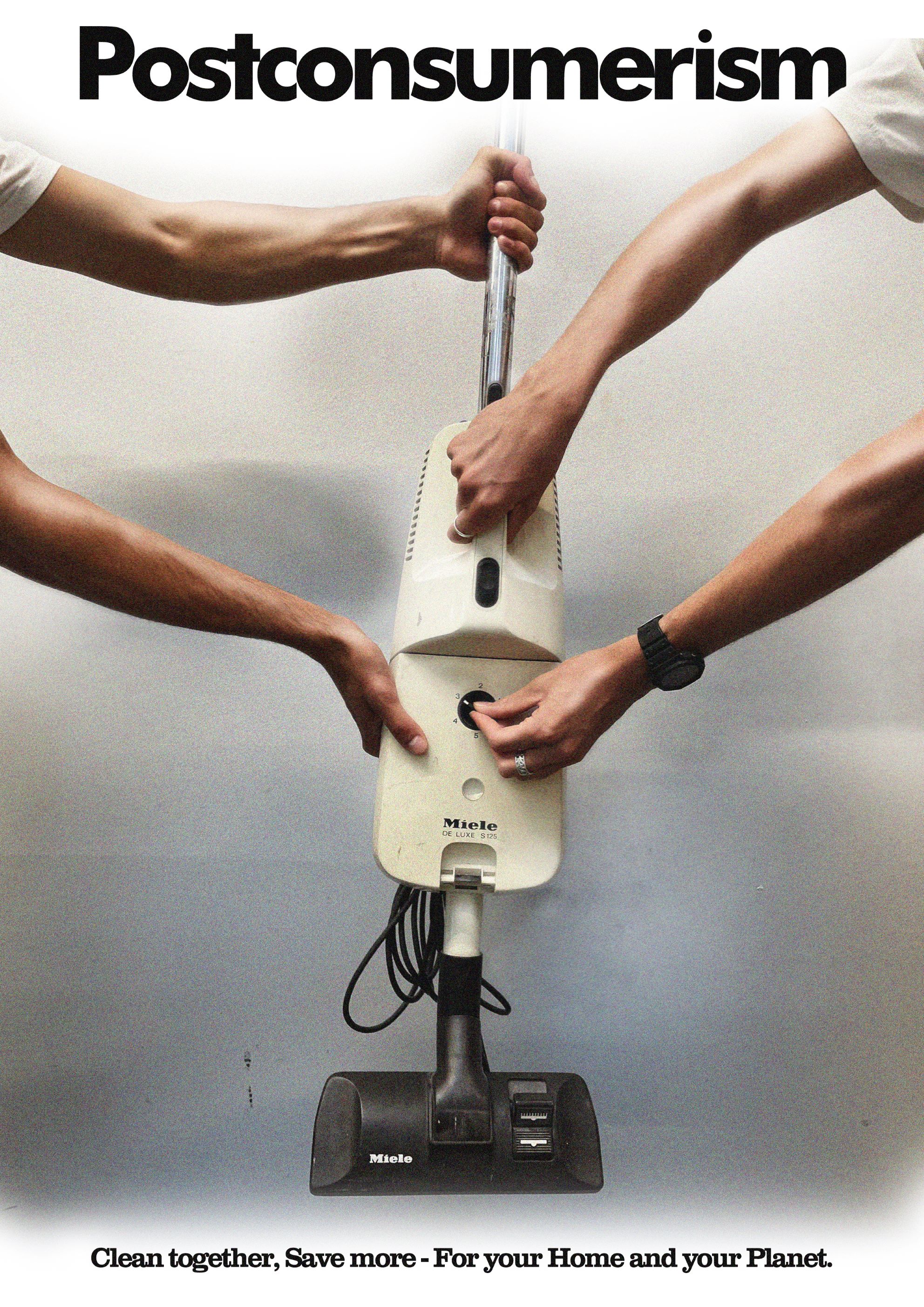New Delft Lectures in Design
This autumn marks the introduction of IDE’s three renewed masters programmes. One of the unifying features is a stronger link with the world-leading research carried out in IDE. The TU Delft | Faculty of Industrial Design Engineering in Delft is possibly the largest Design Research institution in the world. “Delft Lectures in Design - Where IDE moves the Horizons of Design Research” gives a taste of what we offer, and addresses some of the key issues of design research: impact – on society, on the design profession, on technology. This new cross-programme course serves as a rigorous and inspiring introduction to the broad variety of IDE’s research.
Pieter Jan Stappers tells us: ‘The unique quality of IDE in Delft is that we have so many researchers in-house, which means that issues can be highlighted from many relevant sides, and we can easily find an expert from another specialism to check how our own findings match. Delft Lectures in Design (DLD) shows this wonderful rich mix of people, from different specialisms, different ways of working, some in the lab, some in the field. And it gives students a chance to contribute to the discussion in the field. We are not solely lecturing about things that happened in the past, but include them in what we are working on right now’.
Full House
The Delft Lectures in Design got off to a vibrant start with packed lecture theatres and an engaged audience. The course brings together 15 presenting researchers, 10 tutors most of whom are also practicing researchers, and 400+ first year students from all three IDE Master’s.
Three Acts
Structured around three themes – Healthy & Sustainable, Systemic & Empathic, and Intelligent & Humane – each thematic cycle kicks off with a keynote speech from a lead researcher, followed by pitches from four researchers in which they introduce their research topics and lines of inquiry. Students then work in groups over the course of two weeks to explore one of the research topics, identify key tensions, and produce a discussion-promoting provocation: a provotype. Finally the students are asked to reflect on their learnings from the theme. Then the next cycle follows, with new research topics and new provotypes.
Provotypes
The linking pin between researcher knowledge and the student response is the so-called provotype, a concept introduced to the students by dr. Virginia Tassinari and Professor Pieter Jan Stappers. Where a prototype is an artefact previewing a solution, a provotype uses design skills to focus attention on a topic and provoke discussion, supporting participants to bring in their own knowledge and concerns to the table, exchange views, and share a discussion. Provotypes can have many forms, from fictive ‘magazines from the future’ to stage performances, or video pseudo-documentaries. Over the three cycles of the course students are challenged to create provotypes which explore different tones (speculative, academic, absurd) and different formats (video, print, or stage).
Healthy and Sustainable solutions
The theme of the first cycle was ‘healthy and sustainable solutions’. Professor JC Diehl gave an attentive audience a whistlestop tour of his research into reducing medical waste in the Dutch healthcare systems, as well as his projects in sub-Saharan Africa aimed at increasing accessibility to healthcare. Then, the students heard from a panel of researchers. Armagan Albayrak spoke of how Health Journeys help structure the complexity in care situations. Karlheinz Samenjo focused on Healthcare for Low Resource Settings. Abhigyan Singh highlighted designing for Sustainable Transitions of Neighbourhoods from an Anthropology perspective. And Catalina Estrada Mejia discussed nudging as a method to effect behaviour change and its ethical dilemmas.
Student Response
Two weeks later, 100 student groups had handed in 100 provotypes on the four topics. One notable example being a PowerPoint ‘BuzzFeed quiz’ challenging the player’s expertise in designing for a sub-Saharan context, supported by confronting AI generated images of white generals dumping their expensive innovations on low-resource societies. Another group chose Abhiyan’s topic and created a speculative poster of what an ad would look like if large companies promoted sharing culture rather than consumerism. One of the whopping 56 groups choosing Catalina’s topic on the ethics of nudging filmed a ‘BOOS by Tim Hofman’ parody video about a disgruntled hospital patient that had unwittingly signed of on paying for surgery with his kidney as a result of default options in the consent form.
New Horizons
Whereas cycle 1 focused on ‘impact on society of the outcome’, cycle 2 focuses on the changes in the design profession as designers are addressing larger societal issues. Last Tuesday, Froukje Sleeswijk Visser, a design research who has both academic and professional experience, introduced them to cycle 2: Systemic & Empathic, and four researchers presented their research on new video-based tools, designer resilience, empathy, and inclusive design. It is now up to the students again to create their provotypes. We curiously await their deliverables.




